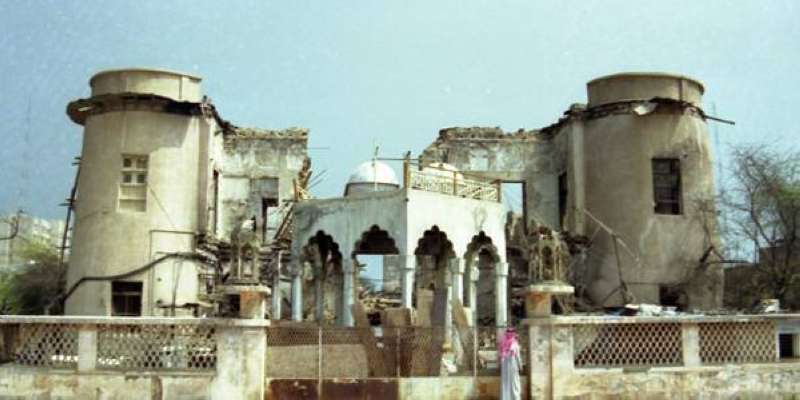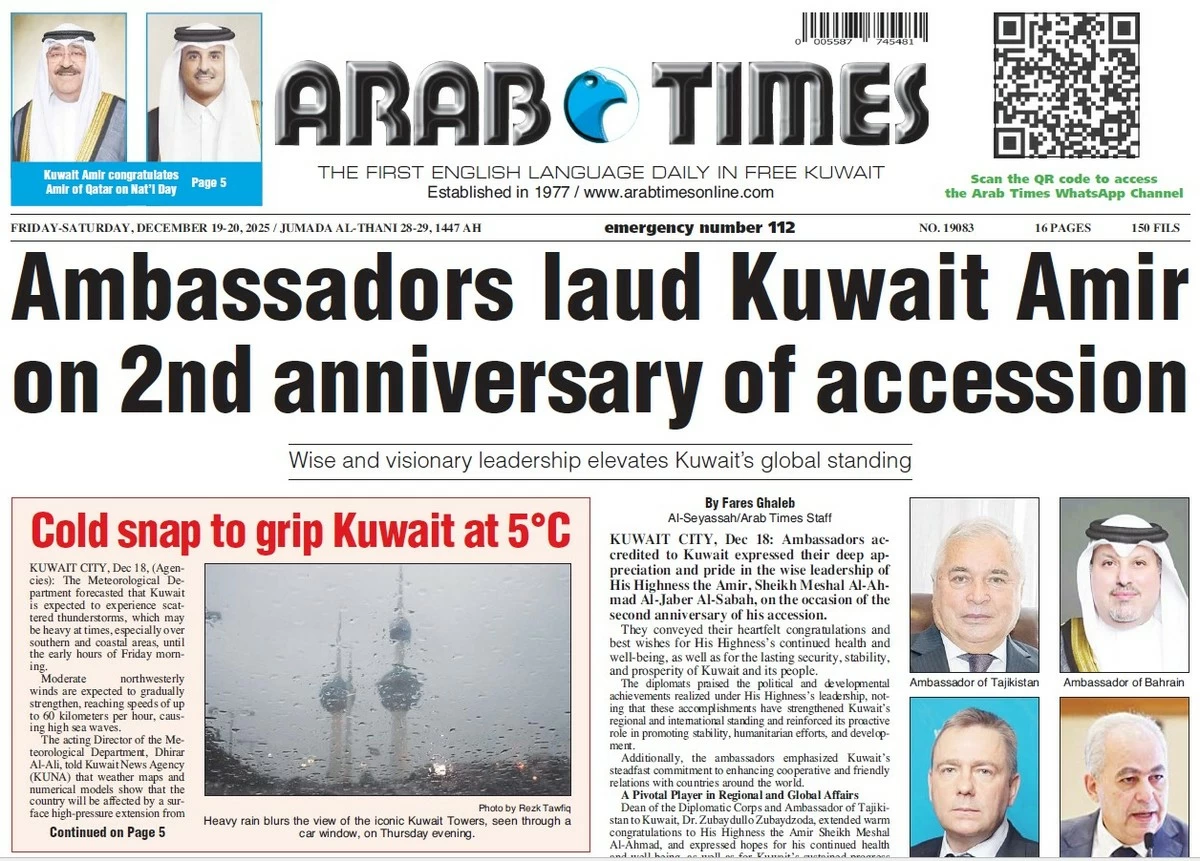02/08/2023
02/08/2023
Whole nation stood up against the aggressors in unity

KUWAIT CITY, Aug 2: The civil disobedience observed by the people of Kuwait during 1990-1991 was not merely a demonstration against the Iraqi occupation but also implied the patriots’ message of their ardent adherence to Kuwait as the homeland, its independence and faithful loyalty to the sagacious leadership. The Kuwaitis, in the wake of the black Thursday, August 2, 1990, made their voice heard to all corners of the world, demonstrating no compromise, no negotiations and no cession of the State of Kuwait sovereignty, independence and its territorial sanctity.
Their civil disobedience in the face of the heavily armed occupiers carved out a road map and created great hope to liberate the homeland of the occupiers’ desecration. On the occupation 33rd painful anniversary, falling today (Wednesday), the sentiments of pride are renewed regarding the heroic stand by the steadfast Kuwaiti people and the honest residents of the country who observed civil disobedience, joining hands in keeping State utilities running and maintaining social solidarity.
Dr. Ayed Al-Manna’, a researcher, historian and media figure, said in an interview with KUNA that the civil disobedience against the Iraqi occupation had no leadership and was not very organized; however the movement was driven by the nationals’ belief in justice of their cause. The Kuwaitis, since first hours of the occupation, engaged in a wide scale confrontation against the occupation despite repression, Al-Manna’ said, adding that the confrontation that had lasted for seven months isolated the enemy. Farhan Al-Farhan, a researcher and historian, told KUNA that the civil disobedience constituted an internal front that paralyzed the occupiers and obstructed their schemes.
Citizens in the first day of the aggression removed houses, streets and districts’ public numbers to make it difficult for the occupiers in their movements. Kuwaitis when asked by occupation troops about directions and locations used to give them wrong tips and the word “I do not know” had been uttered whenever they sought to inquire about some persons. A large number of Iraqi intelligence agents spread in the residential districts seeking to collect information about State officials and citizens, however they were misguided and given false information.
The citizens held meetings at mosques and served as guards in the districts on shifts’ basis, he recounted. Hussein Abdulrahman, a media personnel, said the plight of the aggression revealed solidity of the internal front and support of the Kuwaiti people for their legitimate government and leadership, thus foiling the enemies’ plot to erase identity of the State of Kuwait and plunder its resources. At the time, there were no social media and the daily newspapers had to stop publishing, prompting the citizens to print leaflets to guide the activists and publicizing resistance action. Moreover, statements were recorded in cassettes and communications with the abroad was conducted via radio signals. Furthermore, the resistance activists painted graffiti against the occupation on public walls and at public locations. He also recounted with delight when the Kuwaitis one month after the aggression jointly ascended their houses’ roofs chanting “Allaho Akbar” against the occupiers. (KUNA)


